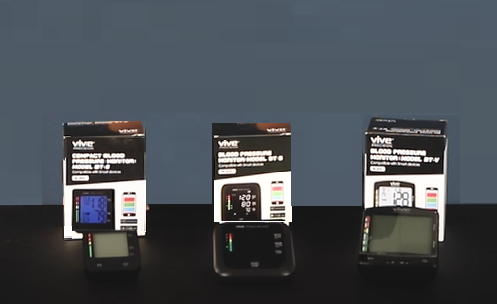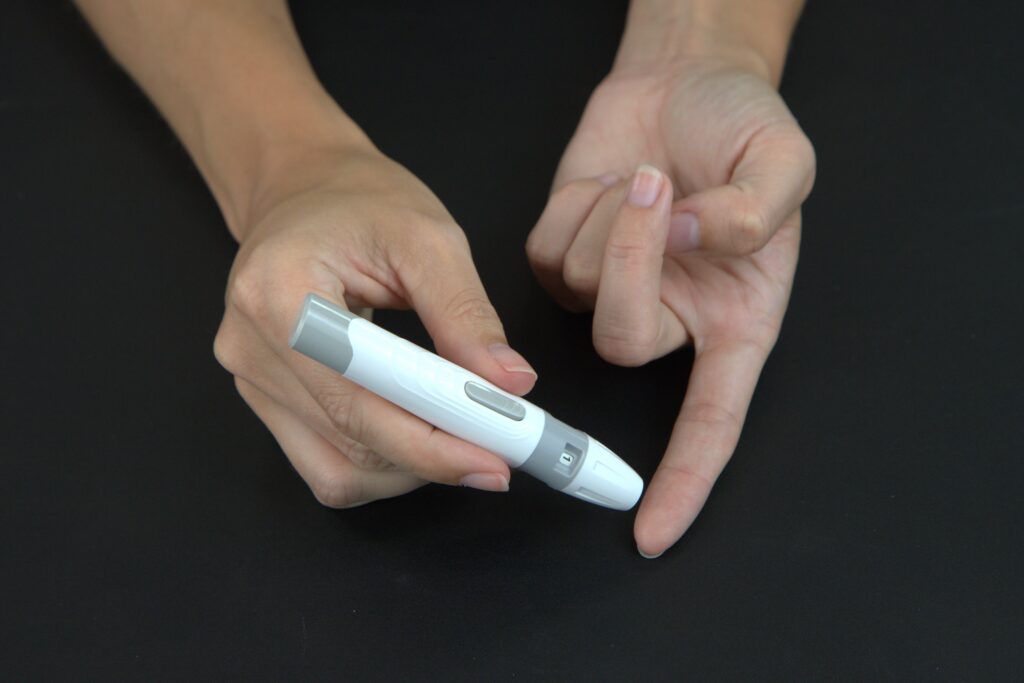RPM Allows to Identify Early Medical Symptoms
Vive RPM allows for chronic disease management for conditions such as congestive heart failure, diabetes, and chronic obstructive pulmonary disease with the use of our devices and platform. Remote monitoring helps patients and providers stay informed and easily make adjustments to the care plan, which can help improve overall health outcomes and quality of life.
Vive RPM now offers the ability to easily monitor certain health conditions, such as congestive heart failure, diabetes, and chronic obstructive pulmonary disease with the use of our devices and platform. Remote monitoring helps patients and providers stay informed and easily make adjustments to the care plan, which can help improve overall health outcomes and quality of life.
Monitoring Congestive Heart Failure
Cardiovascular diseases like CHF are the dominant cause of hospitalizations in the United States and account for roughly one in three deaths.
Fortunately, important cardiac characteristics like heart rhythm, fluid retention, and blood pressure can often be supervised using heart monitoring devices. Together, this information can determine when troublesome symptoms occur, resulting in quicker action for the patient’s overall care.
Hypertension is one of the most common risk factors for cardiovascular disease and heart failure. A study in the Journal of the American Heart Association showed that patients who regularly monitor their blood pressure are more likely to improve their hypertension. Through continuous monitoring, patients and providers are able to lower the overall risk of serious conditions.
Monitoring Diabetes
Diabetes is one of the most common chronic diseases in the United States. The CDC estimates that 10.5% of the US population (over 34 million people) are currently living with diabetes. Regular blood sugar analysis has been able to help people with diabetes manage their condition for decades. However, newer remote patient monitoring methods have been able to even further improve patient outcomes by reducing HbA1c in certain patients.
Remote patient monitoring can be incorporated into a patient’s personalized care management plan to make more timely interventions if necessary and further improve their quality of life.
RPM is especially beneficial for patients who don’t have easy access to specialists in their area. It can help bridge the gap in the quality of diabetes observation and prevention between rural and urban areas.
Monitoring Chronic Obstructive Pulmonary Disease
Remote patient monitoring is also shown to help improve the outcome for patients with COPD. Symptoms such as respiratory rate elevation often precede further lung distress. Becoming aware of these predictive indicators before severe symptoms have been shown to lead to more successful treatment.
RPM has the ability to reduce delayed medical treatment and help prevent more serious conditions. Delays in care can increase the risk of hospitalization and allow the patient’s disease to progress even further. RPM allows for easy and accessible monitoring to identify early symptoms.
One crucial aspect of RPM is the use of digital measuring devices that can collect vital signs and other health metrics. These devices can range from simple Bluetooth-enabled scales and blood pressure monitors to more advanced devices such as smartwatches and implantable sensors. Other common digital measuring devices used for RPM include glucometers, pulse oximeters, and ECG monitors. These devices can be connected to a patient’s smartphone or tablet and transmit data to healthcare providers, who can use it to monitor the patient’s health status and make timely interventions if necessary. The use of digital measuring devices in RPM helps to improve patient outcomes and reduce healthcare costs by preventing hospitalizations and emergency room visits.
As RPM has become more accurate and more common, medical conditions that have predictable physiological changes can have increasingly quicker and more effective care, benefiting both patients and doctors across the country.
If your practice sees patients who are dealing with CHF, COPD and/or diabetes, and your practice is focused on improving patient outcomes, reach out to us to learn more about the implications of remote patient monitoring.
Read our last blog here on reducing readmissions with remote patient monitoring.











